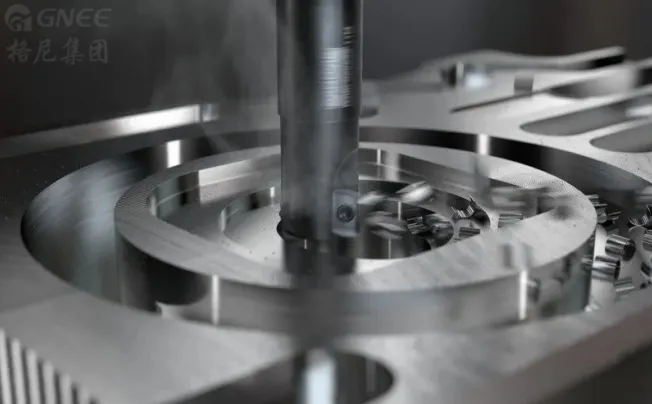Tools Used for Milling Stainless Steel Plate
When it comes to milling stainless steel plates, it is crucial to have the right tools and equipment for achieving precise and efficient results. Here are some essential components that are commonly used in the milling process:
1. Milling Machine
A milling machine is the primary tool used for milling stainless steel plates. These machines are equipped with a rotating cutter that removes material from the workpiece to create the desired shape and size. They come in various sizes and configurations, including vertical and horizontal milling machines, each offering unique advantages depending on the specific milling requirements.
2. Cutting Tools
End mills, drills, and other cutting tools are essential for milling stainless steel plates. End mills are used to remove material by cutting into the workpiece, while drills create holes of different sizes. These cutting tools come in various shapes, sizes, and materials, allowing for versatility in milling operations. Carbide and high-speed steel are commonly used materials for these tools due to their durability and resistance to heat.
3. Clamps or Vices
Clamps or vices are used to securely hold the stainless steel plate in place during the milling process. They provide stability and prevent any movement or vibration that could affect the accuracy of the milling operation. Clamps and vices come in different sizes and designs, allowing for flexibility in accommodating various plate dimensions and shapes.
4. Coolant System
A coolant system is essential when milling stainless steel plates to prevent overheating and prolong tool life. Coolant, typically a mixture of water and coolant concentrate, is sprayed or flooded onto the cutting area during the milling process. It helps to dissipate heat, lubricate the cutting tools, and remove chips and debris from the workpiece, ensuring smooth and efficient milling operations.
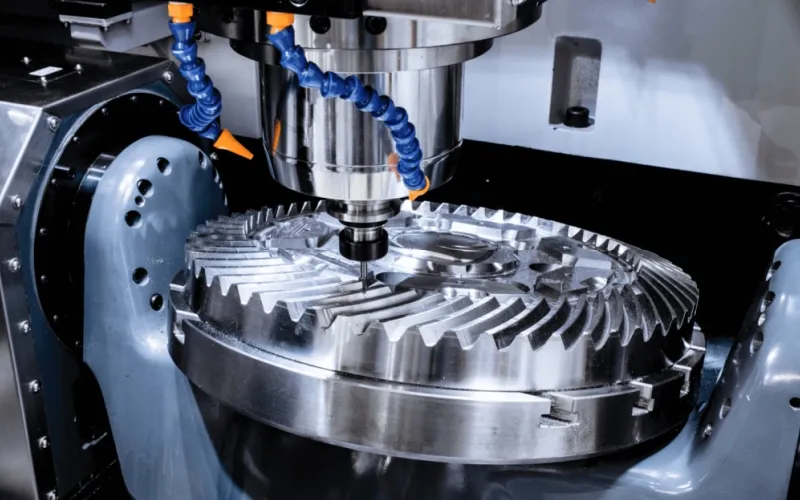
Process for Milling Stainless Steel Plates
Before starting milling stainless steel plates, it is imperative to undertake several measures to ensure success. These measures include:
1. Cleaning the Stainless Steel Plate
It is important to thoroughly cleanse the stainless steel plate, which eliminates any vestiges of dirt, debris, or contaminants that may impede the milling process or cause harm to the plate. You can use a cleaning solution in conjunction with a cloth devoid of lint to wipe the surface of the plate, ensuring that every nook and cranny is meticulously attended to. This step fosters superior adhesion of marking materials and precludes any undesirable disruptions during the milling process.
2. Marking the Desired Dimensions
Marking the desired dimensions on the stainless steel plate is an indispensable prerequisite for achieving precise milling outcomes.
Depending on the requisite level of precision, a variety of marking tools, such as scribes or markers, can be employed.
3. Securing the SS Plate on the Milling Machine
After cleansing and marking, the plate needs to be securely affixed to the milling machine. This measure is undertaken to avert any unwarranted movement or vibrations during the milling process, thereby ensuring the attainment of accurate and consistent milling results. Depending on the design of the machine, diverse clamping methods may be employed, ranging from the utilization of vices, clamps, or magnetic chucks.
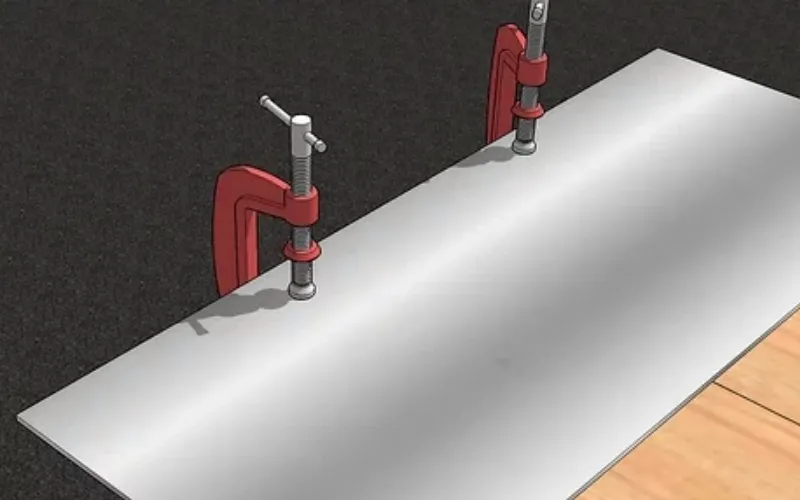
4. Selecting the Appropriate Cutting Speed and Feed Rate
When milling stainless steel plates, it becomes imperative to carefully consider the selection of the cutting speed and feed rate. These two factors hold the key to achieving optimal results in this endeavor.
The cutting speed refers to the velocity at which the cutting tool traverses the surface of the material, while the feed rate signifies the rate at which the tool advances into the material. When it comes to stainless steel, one must exercise caution and choose a cutting speed and feed rate commensurate with its hardness and toughness. An excessively high cutting speed can generate excessive heat, causing the material to harden and, in the worst-case scenario, damage the cutting tool. Conversely, a cutting speed and feed rate that are too low can lead to an unsatisfactory surface finish and inefficient removal of material.
5. Choosing the Right Cutting Tool for Stainless Steel Plate
Stainless steel plate is a hard and abrasive material, requiring cutting tools that are specifically designed to withstand its formidable properties. Carbide or high-speed steel (HSS) end mills are commonly employed in the milling of stainless steel plates, owing to their remarkable hardness and resistance to wear. These cutting tools possess the ability to endure the high cutting forces and temperatures that are generated during the machining process. Furthermore, it is vital to consider the material composition, hardness, and thickness of the stainless steel plate when selecting the fitting cutting tool. The geometry of the tool, such as a sharp cutting edge and a high helix angle, can also contribute to enhancing its performance when milling stainless steel plates.
6. Setting the Depth of the Cut
The depth of cut pertains to the distance that the cutting tool penetrates the material during each pass. In the case of milling stainless steel, it is crucial to avoid excessive depths of cut, for such a practice would give rise to increased cutting forces, heat generation, and wear of the cutting tool. Conversely, employing a shallow depth of cut may result in inefficient removal of material and prolonged machining times. It is therefore recommended to determine the appropriate depth of cut based on the specific requirements of the machining task, such as the desired surface finish, material removal rate, and capabilities of the cutting tool.
7. Ensuring Proper Chip Evacuation
The efficient removal of chips is essential in maintaining the efficiency of the machining process and safeguarding the cutting tool from harm. Stainless steel chips often tend to be long, stringy, and prone to adhering to the cutting tool or workpiece, resulting in the recutting of chips and a subpar surface finish. To ensure the effective evacuation of chips, it is imperative to employ cutting tools that are equipped with appropriate chip breaker designs. These chip breakers aid in breaking the chips into smaller, more manageable pieces, thereby facilitating their efficient removal from the cutting zone. Additionally, the use of adequate coolant or lubrication can serve to reduce friction and promote the smooth flow of chips. Regularly clearing the chips from the cutting area and employing chip evacuation systems, such as chip conveyors or air blasts, can further enhance the performance of the machining process and prolong the life of the cutting tool when milling stainless steel plates.
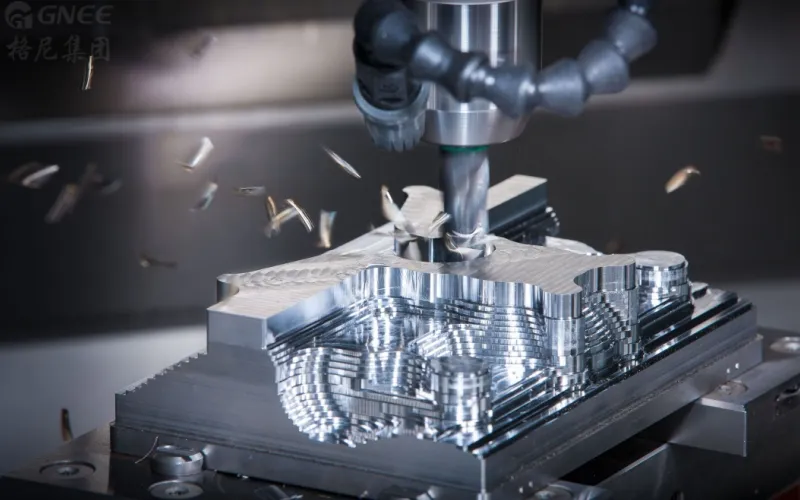
Instructions for Milling Stainless Steel Plates
Milling stainless steel plates is a meticulous process that requires several carefully executed steps to achieve the desired finish, accuracy, and quality. These steps encompass roughing the plate, finishing the plate, smoothing the edges, and meticulously examining the plate for accuracy and quality.
1. Roughing the Plate
During the initial stage of roughing, the stainless steel plate is prepared for subsequent processing. This entails eliminating any surface imperfections, such as scale or oxidation, through the art of rough milling. The roughing process serves the purpose of creating a uniform surface while laying the foundation for subsequent operations.
2. Finishing the Plate
Following the roughing stage, the stainless steel plate undergoes the artistry of finishing milling to attain the desired thickness, flatness, and surface quality. The finishing operations employ finer milling tools to eliminate any remaining imperfections and establish a smooth and even surface. This pivotal step is indispensable in ensuring that the plate meets the required specifications.
3. Smoothing the Edges
The process of smoothing the edges of the stainless steel plate is of utmost importance to guarantee both safety and aesthetics. The edges are meticulously milled and shaped to eradicate any sharp or uneven edges, thereby rendering the plate safe to handle and preventing potential injuries. Furthermore, the presence of smooth edges contributes to the overall appearance of the finished product.
4. Checking for Accuracy and Quality
Upon the completion of the milling process, the stainless steel plate is subjected to a comprehensive inspection to ascertain its accuracy and quality. This meticulous examination involves the utilization of precise tools and techniques to measure the dimensions, thickness, and flatness of the plate. Any deviations from the required specifications are subjected to careful evaluation, and necessary adjustments or corrective actions are promptly undertaken to ensure compliance with the desired standards.
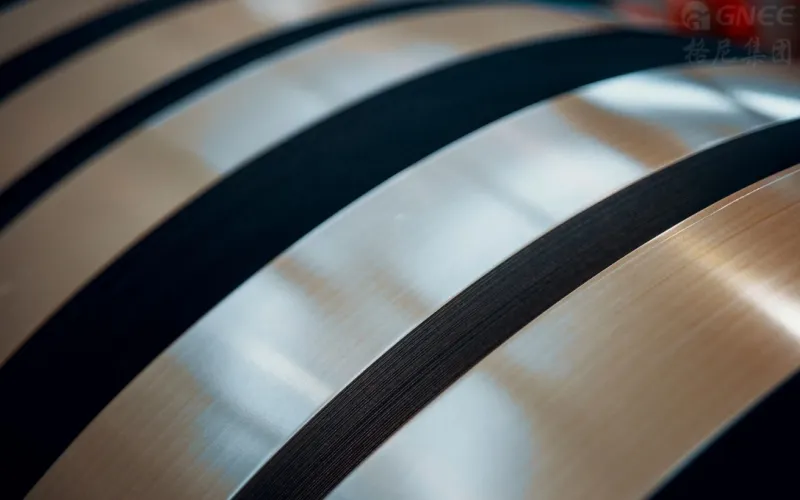
Safety Precautions for Milling Stainless Steel Plate
When milling stainless steel plates, the importance of safety cannot be overemphasized. Here are some vital safety precautions to be observed:
1. Adorning Suitable Personal Protective Equipment (PPE)
Before commencing any milling operation, it is imperative to ensure that one adorns the necessary personal protective equipment (PPE) to safeguard oneself. This includes the donning of safety glasses or a face shield to shield one’s eyes from flying debris, a dust mask or respirator to prevent inhalation of metal particles or dust, and gloves to protect one’s hands from sharp edges and potential burns.
2. Ensuring the Work Area is Secured
Before milling stainless steel plates, it is crucial to secure the work area to minimize mishaps. Clear the surrounding space of any extraneous objects or clutter that may interfere with the milling process. Ensure that the workpiece is suitably clamped or secured to the milling machine’s table to prevent any movement or vibrations that could potentially lead to accidents.
3. Proper Handling and Disposal of Coolant
During milling operations, coolant is often employed to lubricate and cool the cutting tool and workpiece. It is of utmost importance to handle the coolant properly to avoid any health or environmental risks. Donate appropriate gloves when handling the coolant and dispose of it according to local regulations. Refrain from direct contact with the coolant and promptly clean up any spills to maintain a safe working environment.
4. Regular Machine Maintenance and Inspection
To ensure the safe and efficient milling of stainless steel plates, it is essential to carry out regular machine maintenance and inspections. Regularly inspect the milling machine for any indications of wear or damage, such as loose components or malfunctioning safety features. Lubricate moving parts as recommended by the manufacturer and promptly address any maintenance issues to avert accidents or machine failures.
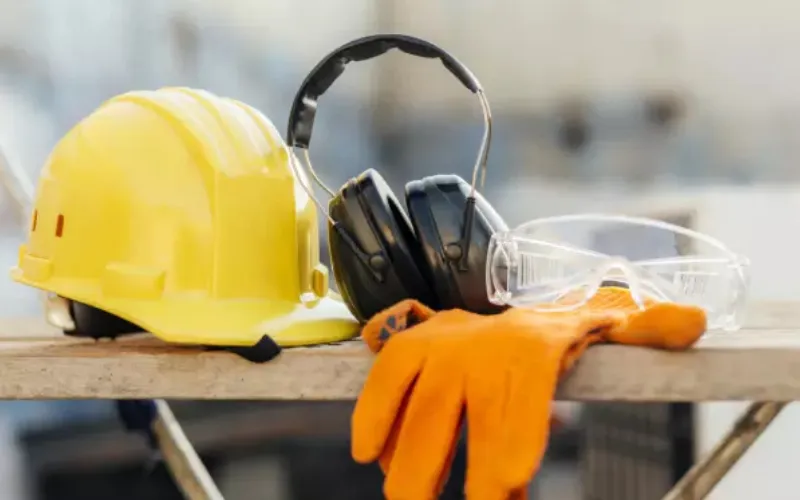
Conclusion
If you are looking for help in milling stainless steel plates, please feel free to contact our technical team: Whatsapp: +8619949147586.


